Dry brushing is a type of Ayurvedic medicine that has been around for centuries. It’s believed to have many health benefits.

Dry brushing works by exfoliating the skin. Practitioners of dry brushing rub a brush with coarse, natural-fiber bristles over their bodies in a particular pattern.
The idea is that the coarse fibers will help to remove dead skin and improve the skin’s ability to eliminate toxins through the pores.
Benefits Of Dry Brushing
Dry brushing may help your body release toxins. It may also help you relax. There’s little data to support the benefits of dry brushing, but for most people there’s also little harm in practicing dry brushing.
Some of the benefits may include:
- stimulating the lymphatic system
- exfoliating the skin
- helping the body rid itself of toxins
- increasing circulation and energy
- exfoliation
- helping to break down cellulite
Lymphatic system and the removal of toxins
The lymphatic system helps your body fight off infections. Fluids flow through the system and are filtered through the lymph nodes. If you’re sick or exposed to a lot of toxins, the system may become backed up and clogged. That is why your lymph nodes often become swollen when you have a cold.
Dry brushing is thought to help the body release toxins through sweat. The course bristles on the brush stimulate the pores and open them up. This makes it easier for the body to sweat, which in turns reduces the amount of toxins flowing through the lymphatic system.
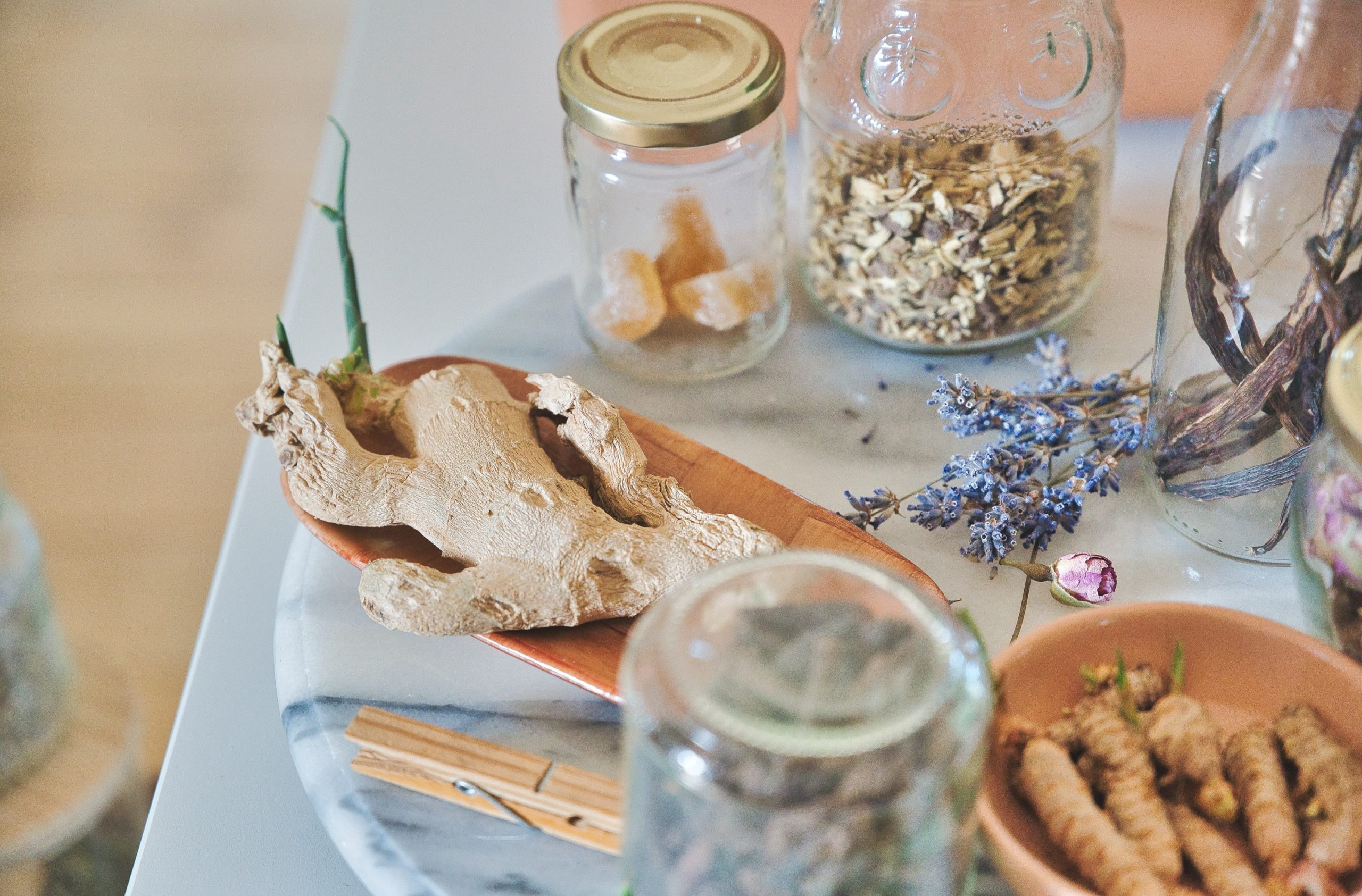
Exfoliates Dead Skin
As we age, our cell turnover rate slows down. The older skin – dead skin sits on the uppermost layer longer. The coarse bristles can brush away dry, dead cells from the skin thus unclogging pores and helping your skin absorb more nutrients. This can leave your skin more smooth and soft.

Reduces Cellulite
Dry Brushing may help stimulate the cells and break down toxins from beneath the skin, which may help reduce the appearance of cellulite.
Risks of dry brushing?
Some people should avoid dry brushing or proceed with caution. People with open or inflamed skin, including people with eczema and psoriasis, should avoid dry brushing over the inflamed area. You should also avoid dry brushing over an open wound. You could introduce bacteria to the wound, which could lead to infection.
Also, check in with your healthcare provider first if you have:
- a high risk of blood clots
- congestive heart failure
- an active lymphatic infection
- swelling with no known cause
How To Dry Brush
To dry brush, use a natural fiber brush with a long handle (avoid synthetic brushes). The long handle will help you reach all areas of your body. Follow these steps:
- Remove any clothing and stand in a bathtub or shower to catch the falling dry skin.
- Do not wet the skin. Dry brush your skin while it is dry.
- Start at your feet and move up your body.
- Brush your skin using wide, circular, clockwise motions.
- Use light pressure in areas where your skin is thin and harder pressure on thicker skin, like the soles of your feet.
- Brush your arms after you have brushed your feet, legs, and mid-section. You should brush upward towards your armpits.
- After dry brushing, take a cool shower to help remove the dry skin.
- After your shower, dry off and then consider adding natural plant oil, such as olive or coconut oil, to moisturize your skin.
New To Dry Brushing?
If you are new to dry brushing, it’s best to begin with light brushing. As you get used to it, you can increase the pressure.
Avoid sensitive areas and anywhere the skin is broken. These include areas with:
- rashes
- wounds
- cuts
- infections
- areas affected by poison oak, poison ivy, or psoriasis.
*Use a softer brush for your face.
What supplies do I need?
All you need to dry brush at home is a brush with natural fiber bristles. You should also look for one with a long handle to help you reach every part of your body.
You may want to dry brush in the shower so that you can easily clean the area once you’re done. You may also want to have a moisturizer on hand, such as natural oil.
Dry brushes are available at health food stores or online.
If you don’t want to dry brush yourself, you may be able to find a local spa that offers dry brushing. If you have a treatment done at a spa, ask them how they clean the brushes and let them know about any areas they should avoid.
Brush Maintenance
Rinse your brush after you have completed your brushing routine. Dry it in an open, sunny area to prevent mildew. Clean your brush once a week using soap and water. You should also avoid sharing your brush with anyone. This can help prevent the risk for infection.
Finally
There’s little scientific evidence to support the benefits of dry brushing. For most people, however, there’s little risk. If you’re interested in dry brushing, you can purchase a brush and try it at home.
If you have a skin condition, such as psoriasis, you should speak with your doctor before dry brushing. Be sure to avoid brushing over or around an open wound or infection.

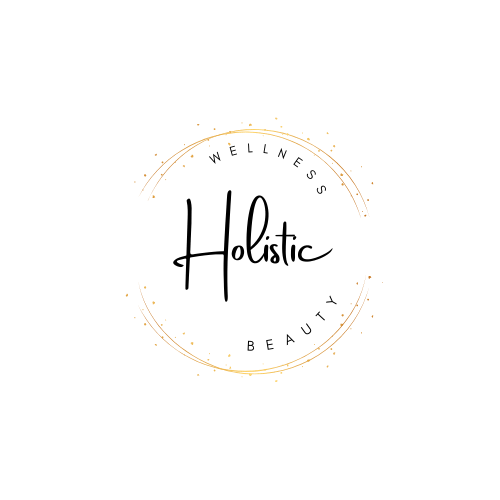

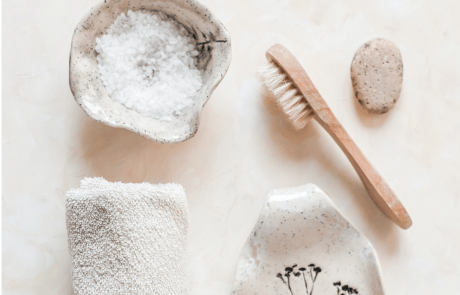




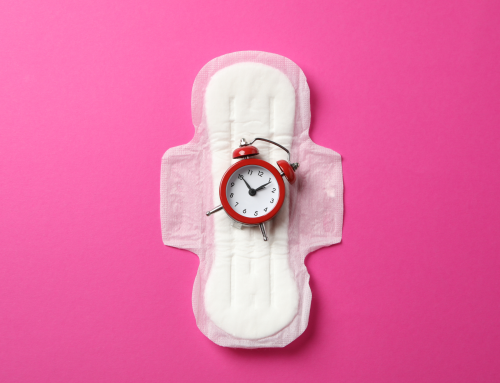
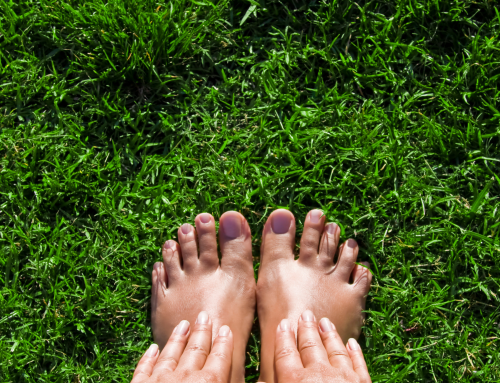
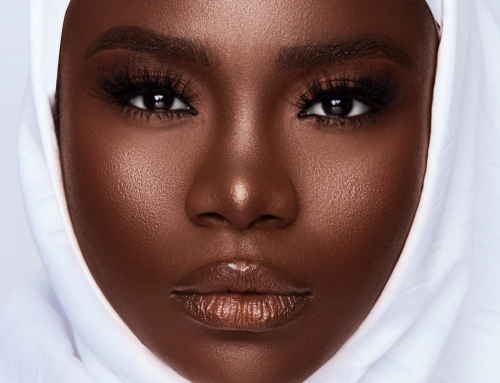
Leave A Comment
You must be logged in to post a comment.